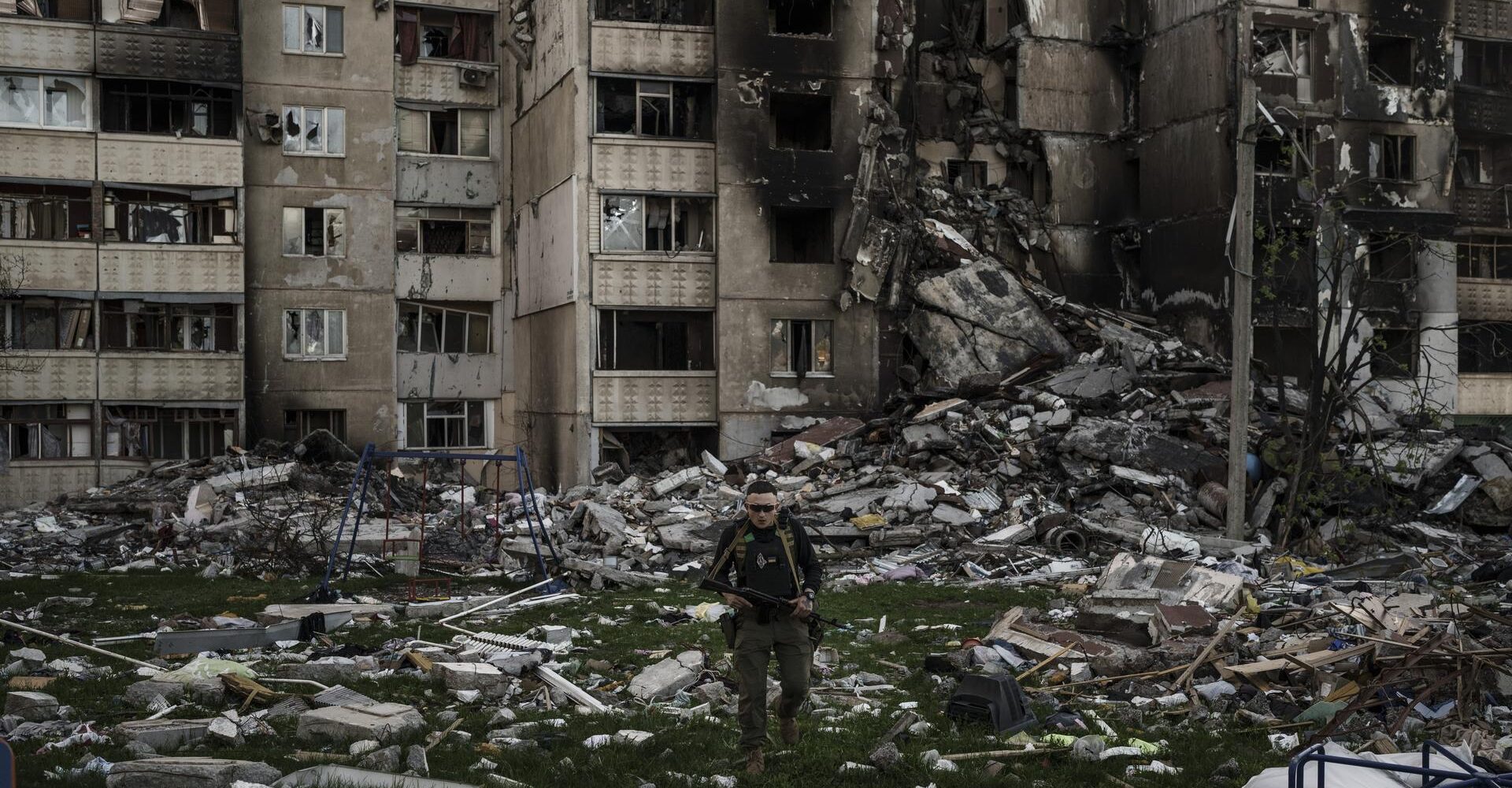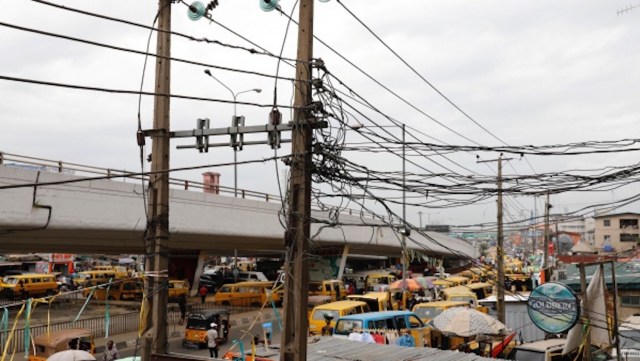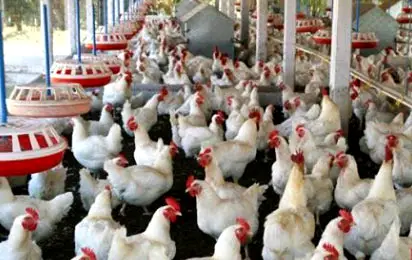The front lines where Ukraine and its allies had hoped for a summer breakthrough now epitomize the bleak, dark winter ahead — of Russian resurgence and Kyiv’s mounting losses.
“As we like to say in the army, the plan was good on paper, but we forgot about the trenches,” joked Ihor, a commander in the 15th National Guard. CNN is only using his first name to protect his identity for security reasons. Speaking with CNN deep in a command post in Orikhiv, in southern Ukraine, he is interrupted by panicked noises in the radio room.
“Heavily injured,” the radio operator shouts at him. A Russian drone has hit a large gas fuel tank used for heating in a trench close to Russian positions, leaving one soldier hurt.
Ihor grabs the handset: “Begin the evacuation, begin the evacuation. Evacuate with a small vehicle… Did you move out already?”
The voice on the radio replies. They cannot evacuate, as they lack transport. Ihor’s face tightens in frustration – all he can do is wait for news in agonizing silence.
Minutes later, the radio crackles again. The soldier is “already 200” – military code for dead.
“It’s over,” Ihor tells his men. “No rush. We can’t help him.” The body of Sergei, aged 48, will now be collected after dark, when it is safer.
He is one of four Ukrainian soldiers killed that day, and about 50 that week in this area alone, according to a Ukrainian official in the area.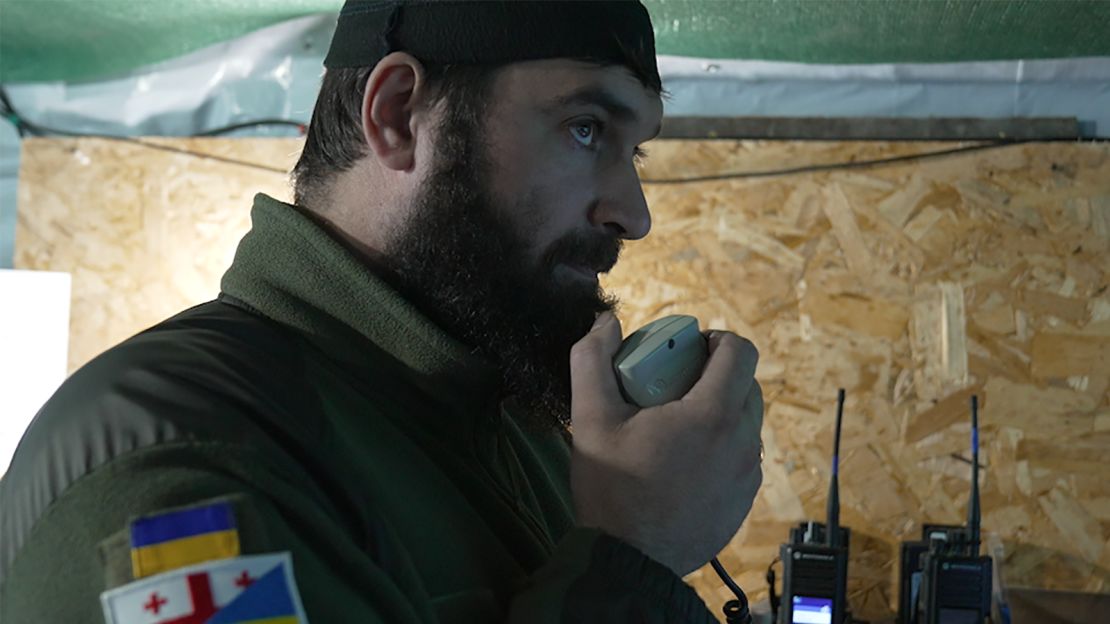
Ihor, a Ukrainian commander, describes the huge challenges for his forces with the bleak, dark winter ahead with Russia resurgent amid Kyiv’s mounting losses.Christian Streib/CNN
Waves of Russian convict recruits
“Every casualty makes a difference,” said Ihor. “It affects everyone’s morale. It is very painful for me.”
The winter fight is beyond bleak. North of Robotyne, where fierce fighting raged months ago, Ukrainian drones are outnumbered by Russian ones, with 40 of the latter hitting one Ukrainian trench network in a day recently.
The Ukrainians face relentless waves of Russian convict recruits, properly trained and equipped, backed by armor, and often – they believe – given a mix of drugs to bolster their attack. Ukrainian soldiers showed CNN drone footage of an injured Russian, his legs severed, yet a ghoulish smile on his face, seemingly oblivious to the pain.
Those fighting in besieged Ukrainian trenches say they now face another threat: the use of gas as a weapon. Nine incidents have been recorded in recent weeks in this area, one Ukrainian combat medic told CNN, in which a caustic and flammable gas had been dropped by drones onto Ukrainian lines, causing one fatality. The gas is used to cause panic and followed by conventional shelling or drone attacks, soldiers impacted said.
A Ukrainian intelligence official told CNN the substance deployed by the Russians was a form of CS gas.
CS gas, a riot control agent also known as tear gas, is a chemical compound that can render people temporarily unable to function by irritating the eyes, nose, mouth, lungs and skin, according to the US Centers for Disease Control and Prevention. The use of riot control agents in warfare is prohibited under the United Nations’ Chemical Weapons Convention.
There have been periodic reports of Russian soldiers using gas across the battlefield in recent months, yet its use around Orikhiv appears to be abnormally persistent.
Two soldiers who survived a gas attack showed CNN medical reports indicating they had been poisoned. “At first I saw smoke,” one told CNN. “We ran out from the trench and the gas suddenly caught fire. The trench was in flames. This gas burns, blinds you, you can’t breathe, shoots down your throat immediately. We didn’t even have a second.”
The second soldier added: “You inhale it twice, then you cannot breathe.”
The men said they suffered injuries including burns and welts to their face, and inside their mouths and throats. Both men still had redness on their faces, residual signs of their injuries.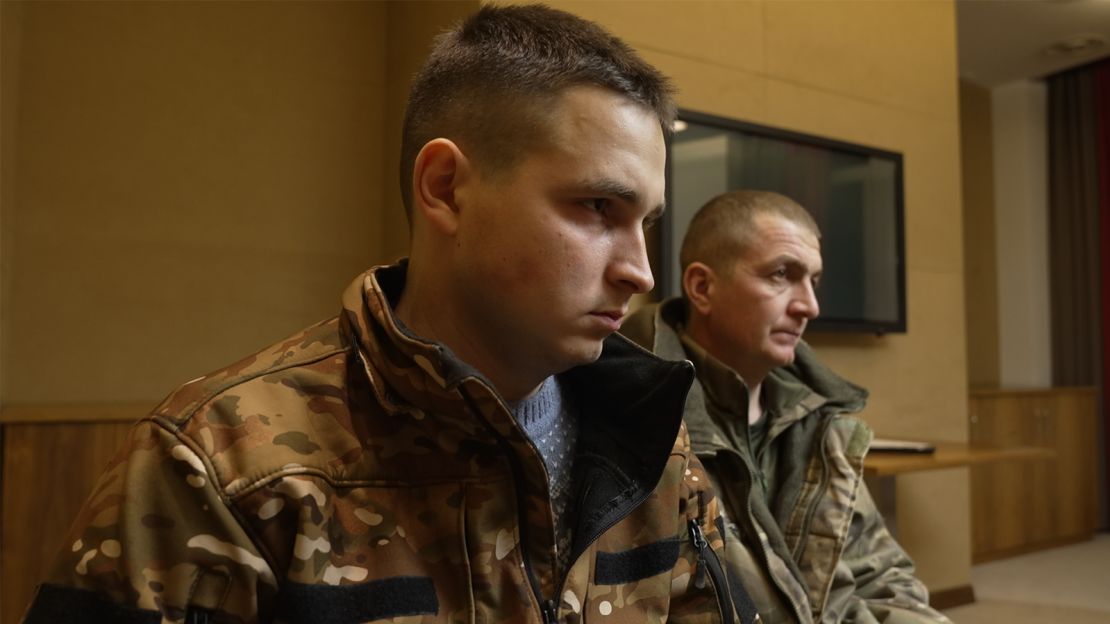
Two soldiers who survived a gas attack showed CNN medical reports indicating they had been poisoned.Christian Streib/CNN
The alleged use of chemical agents on the battlefield marks another sign of the brutality and mendacity of Russia’s renewed fight for the terrain it lost. Ukraine had hoped for greater advances during the summer toward the Azov Sea, yet now must defend its minor gains.
“Colossal changes are taking place,” said the commander, Ihor. “[The Russians] started making their own attack drones and outnumber ours. But they use them badly, like a kid’s toy.”
The sheer number of Russians now at the front is disconcerting, multiple Ukrainian soldiers said. “Usually, more meat means more mince,” Ihor said, a reference to Russian generals throwing their forces into the “meatgrinder” of the front line without concern for their losses. “But sometimes the machine gets it right. And they have success.”
In a tiny bunker closer to the front line, CNN observed a Ukrainian drone unit, part of Ihor’s command, trying to hunt Russians at a nearby crossroads. Two Russian soldiers emerged from a trench carrying a stretcher, likely laden with food. The operator held the drone back, so it would not be spotted, and called in a mortar strike, which appeared to fall short. The drone then failed, likely hit by Russian jamming. Both the acute cold and jamming can drain battery life in drones, soldiers told CNN.
Ihor’s challenges are legion, and even evacuating the injured puts his limited vehicles at risk from Russian drone attacks. The crisis in US and EU funding for Ukraine is at the forefront of their minds here, as a series of grainy drone images show bare tree lines, injured Russian soldiers lolling in a crater, and a landscape so cruel it seems remarkable any human life emerges from it.
“Without support, we won’t make it,” he said.
CNN

